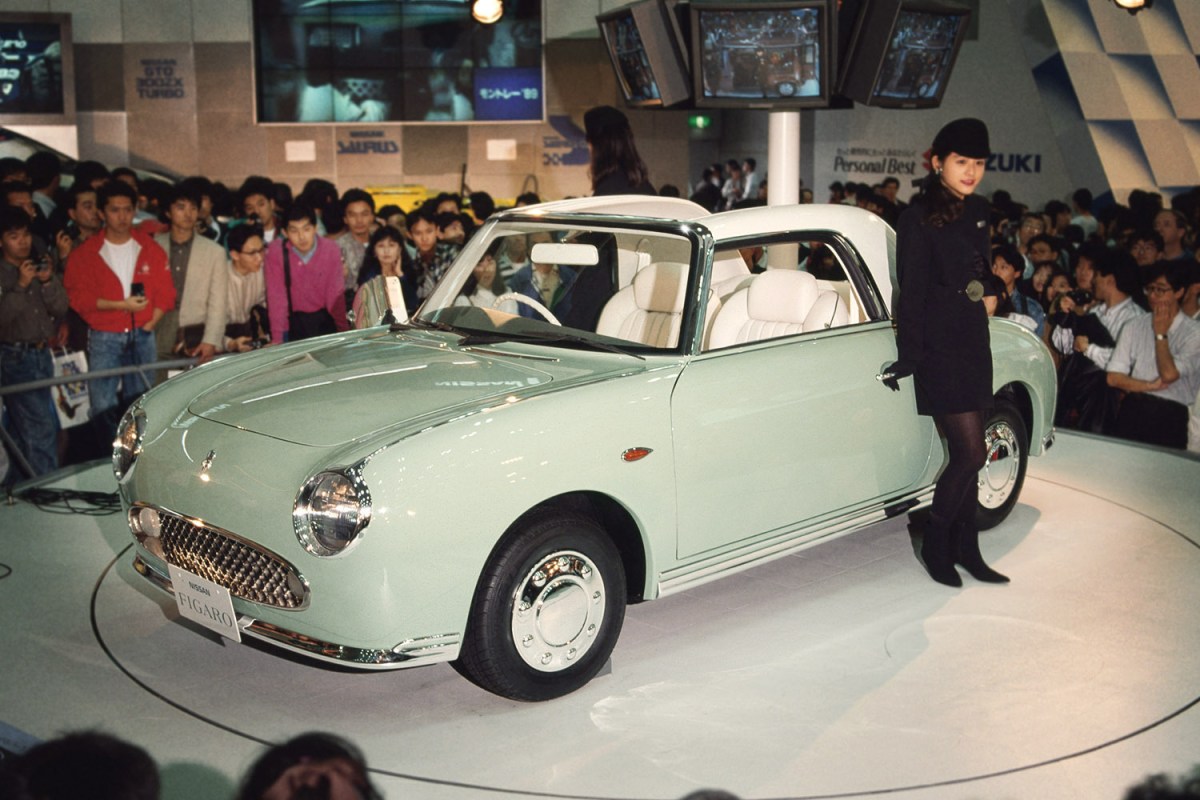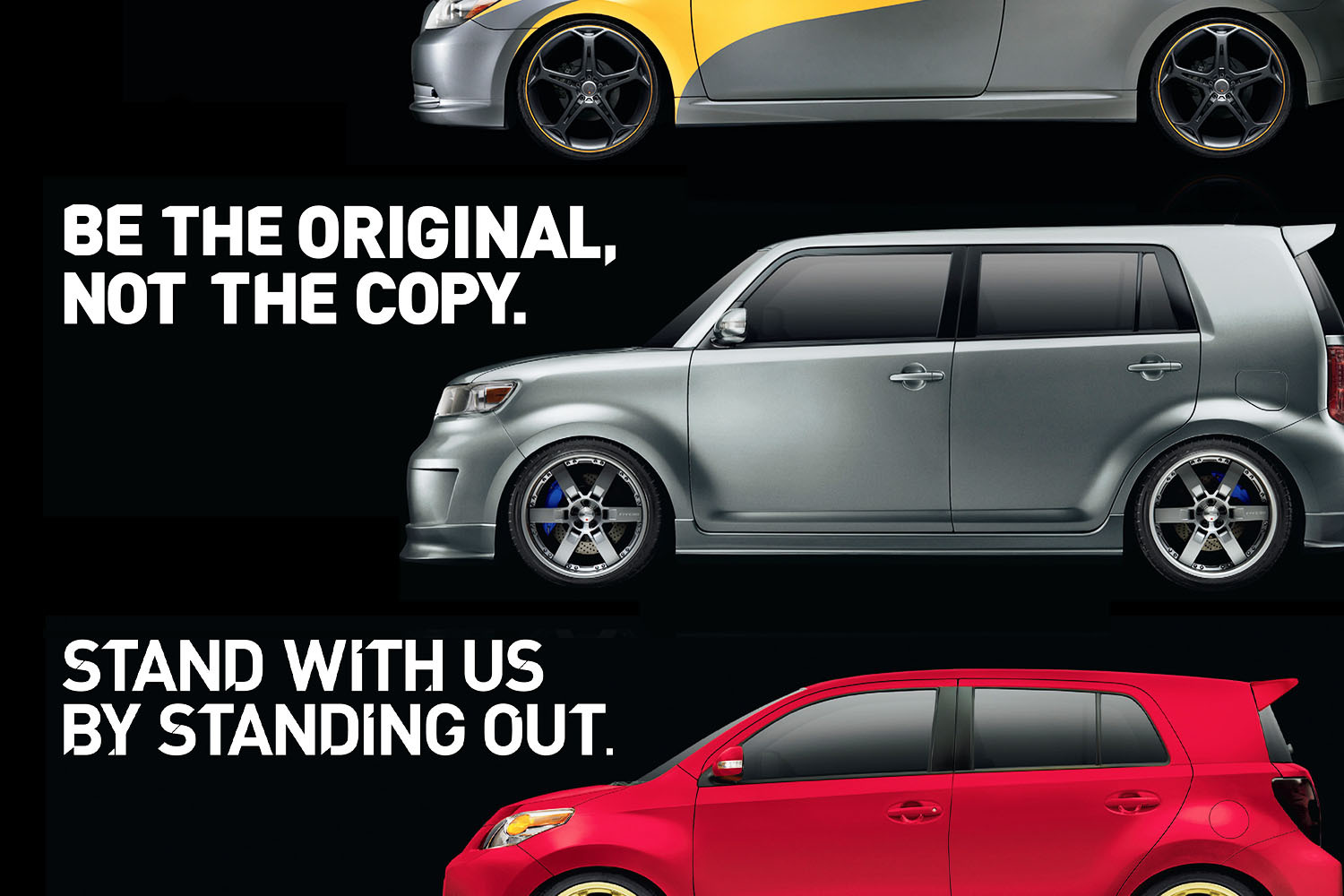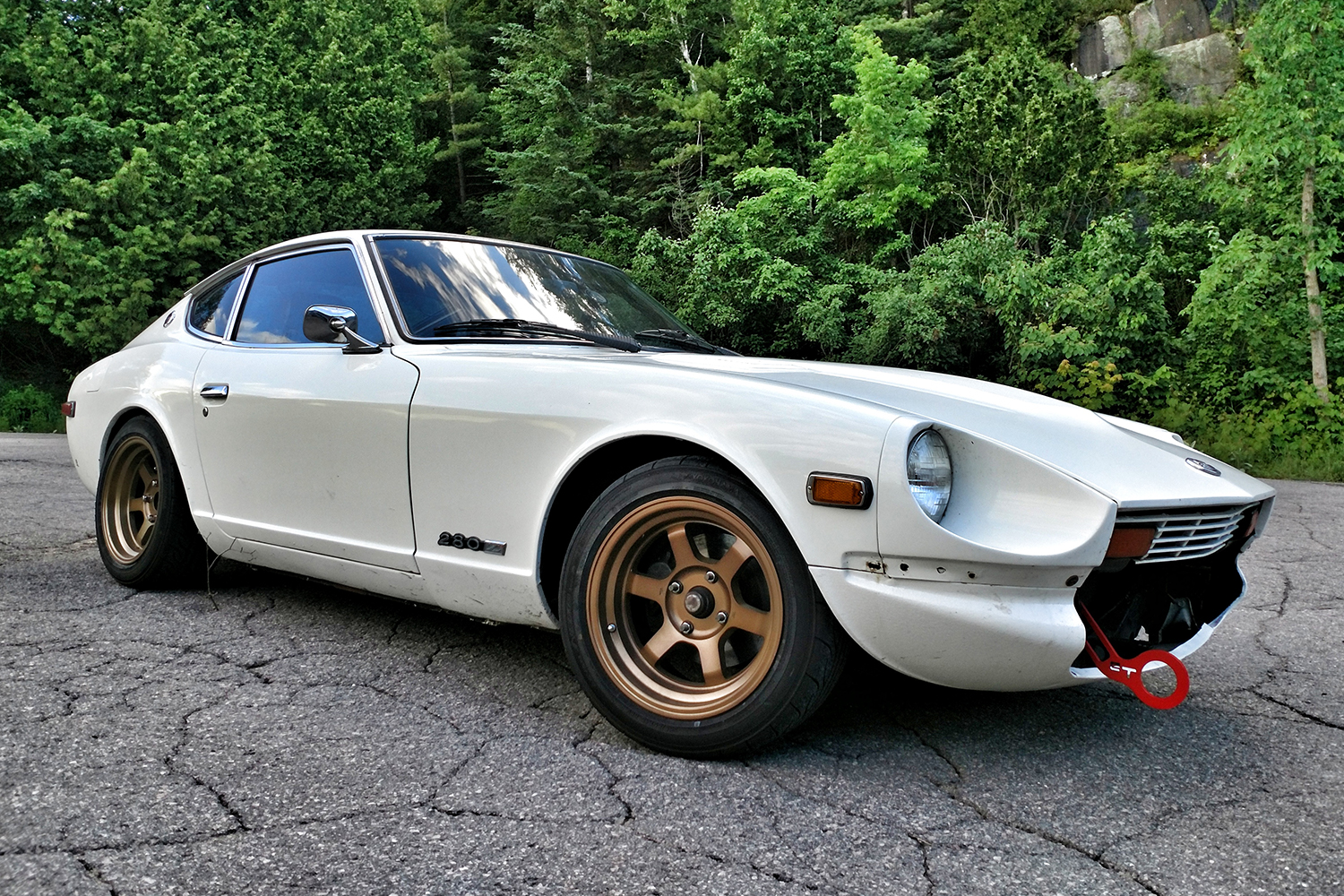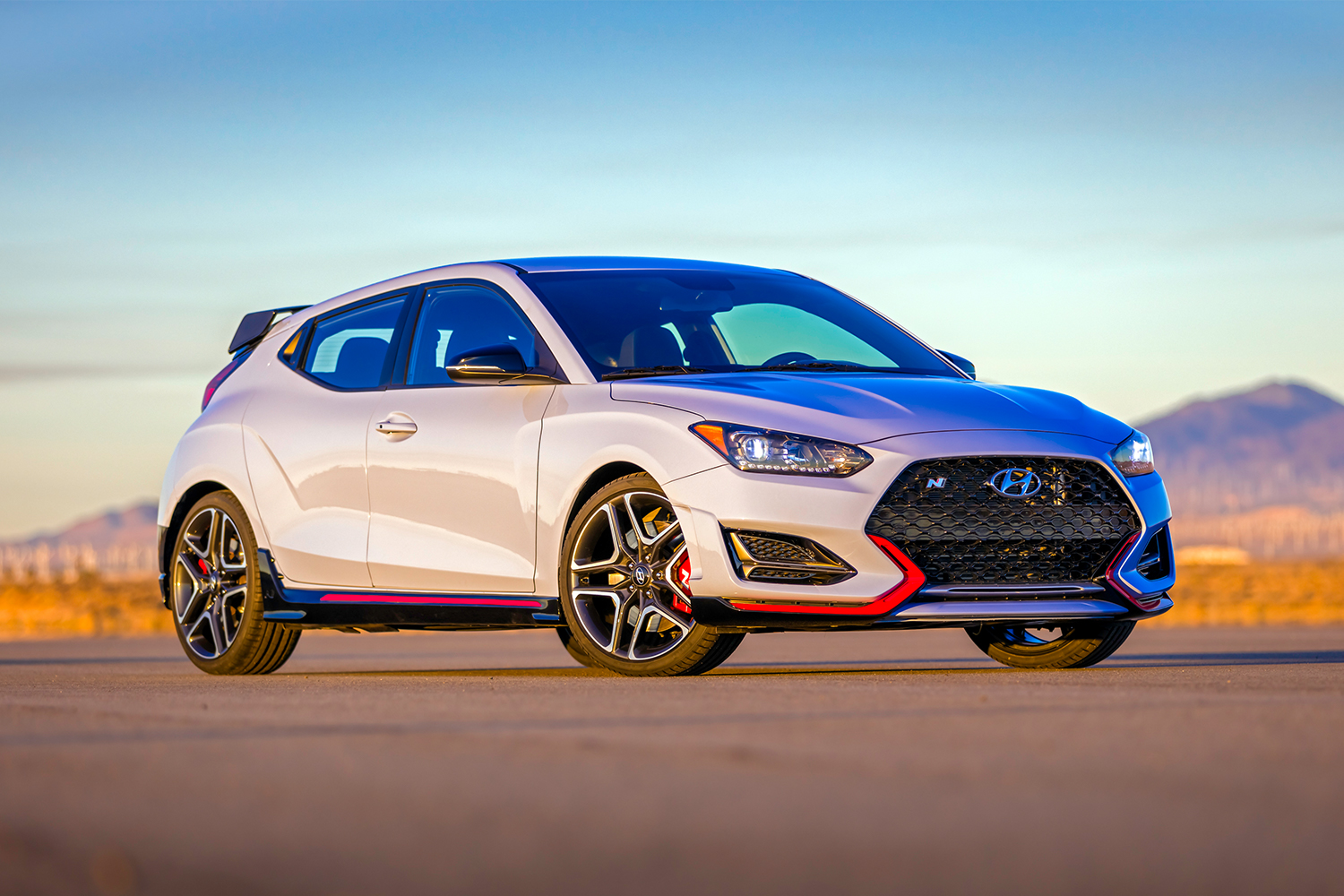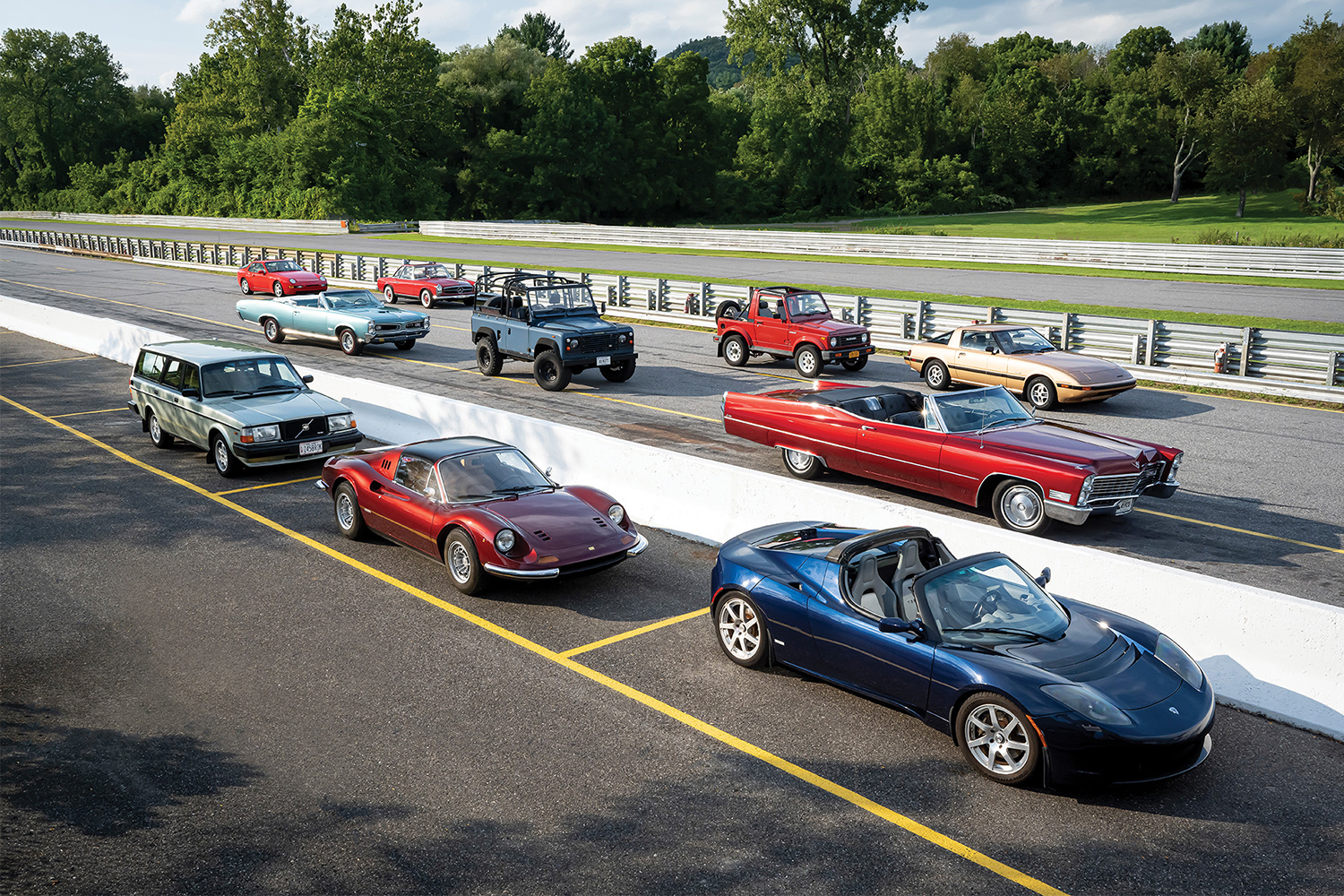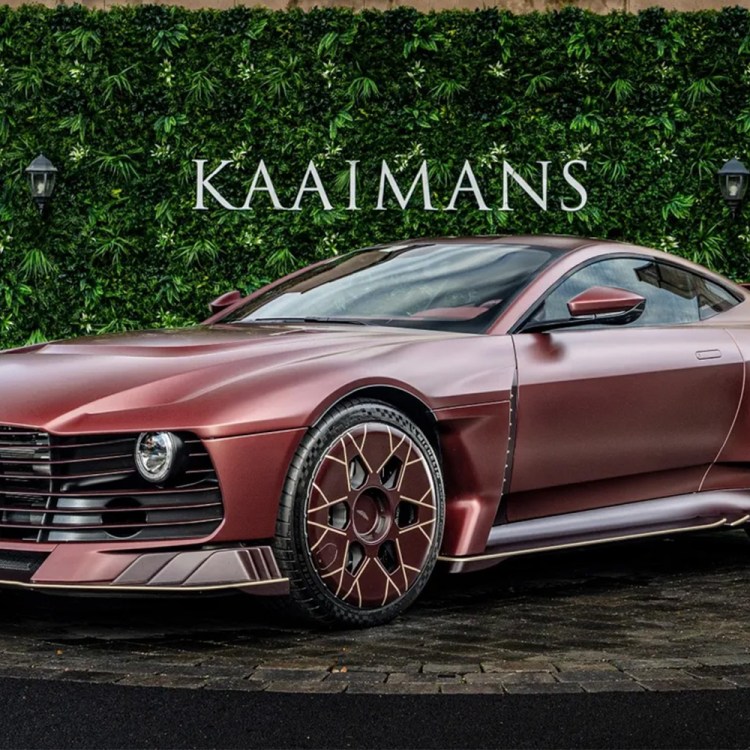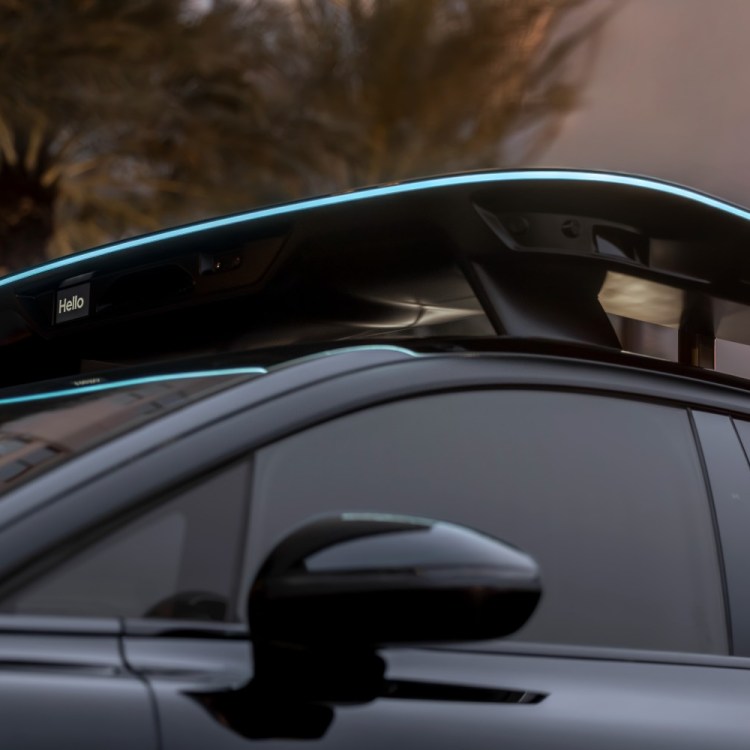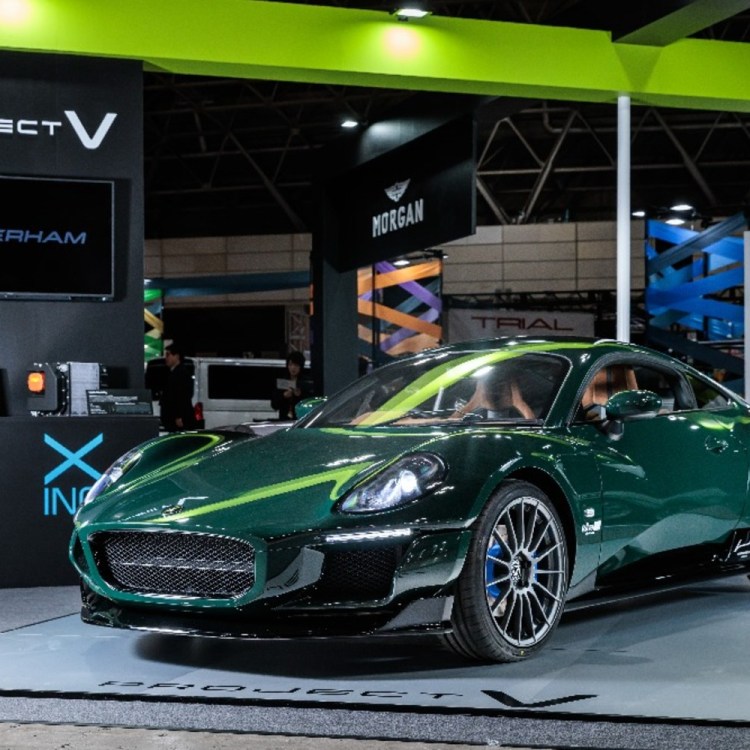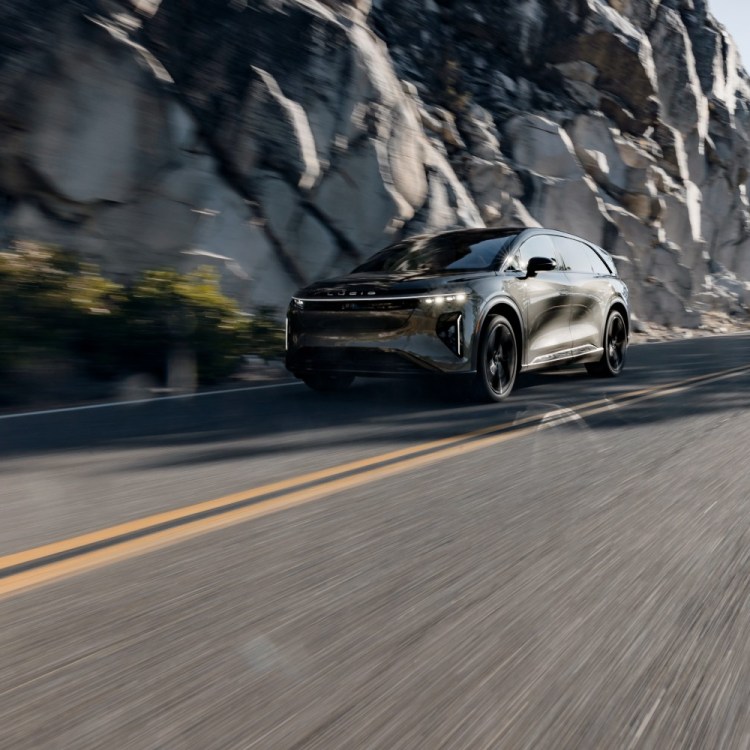In the late ‘90s, the American auto market began its long flirtation with retro-classic design led by models like the Chrysler PT Cruiser, Volkswagen New Beetle and Plymouth Prowler. But by that time, this particular vibe had already run its course on the other side of the Pacific. In fact, Japan’s own infatuation with the marriage of modern motoring and old-school styling had originated nearly a dozen years before Detroit discovered the benefits of mining nostalgia.
In 1985, Nissan took its customers by surprise with the Be-1, a pint-sized car that wrapped one of the brand’s existing commuter platforms in a shape seemingly lifted from a time machine. In the process, it kicked off a minor design revolution that not only changed how Japanese buyers approached the cheap and cheerful section of the showroom, but also reverberated through the years to impact modern-day enthusiasts.
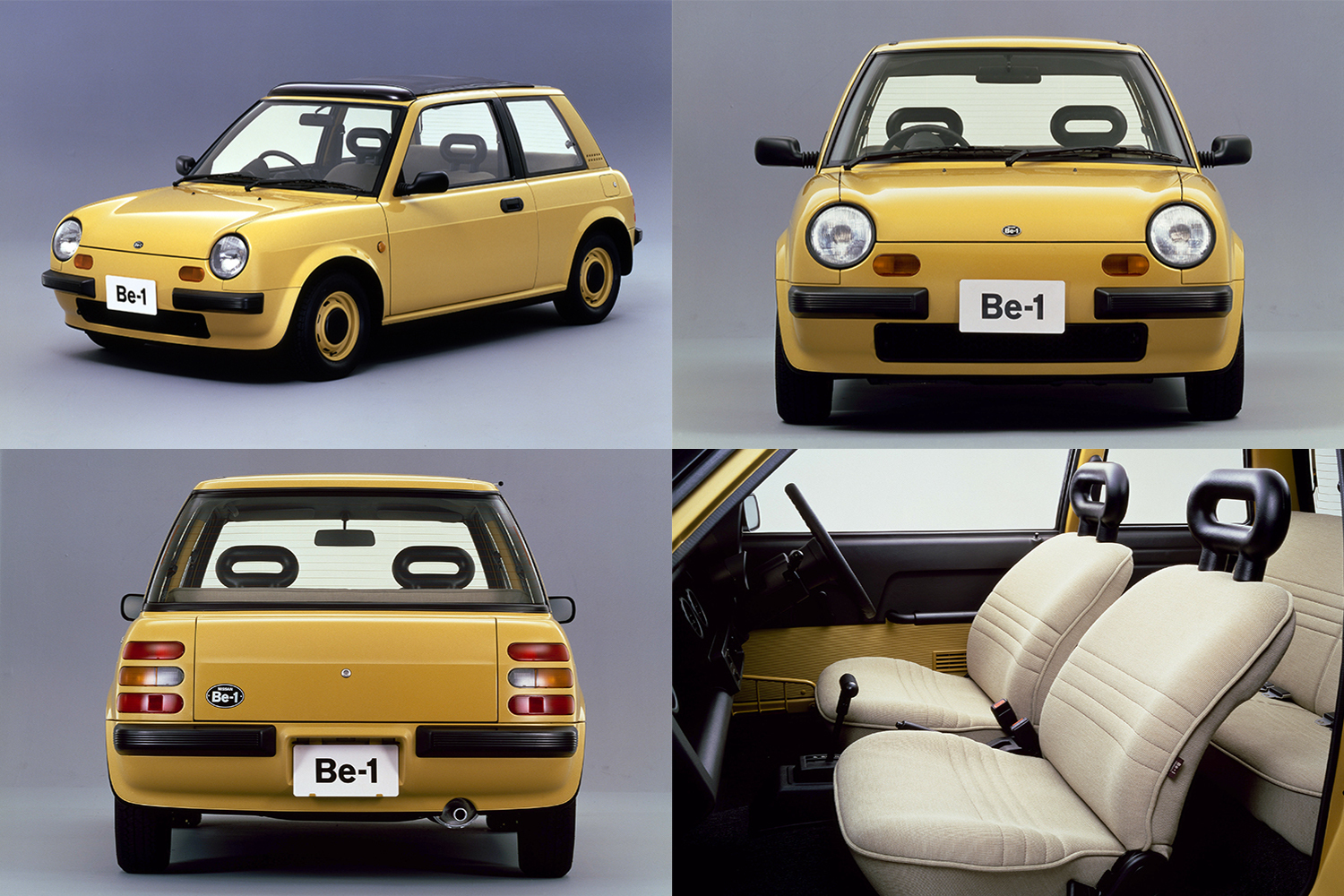
An Accidental Success Story
Nissan’s first foray into its automotive Field of Dreams had little to do with evoking specific heritage models or bygone eras, as was the case in the United States. Instead, the Be-1 came about almost as an accident, the product of an internal design contest intended to goose sales of the appliance-like March hatchback with exciting new bodywork.
The winning proposal for the reskinned March came from Naoki Sakai, an outside consultant with deeper roots in the fashion world (and, strangely, tattooing) than anything automotive. With a shape that could have been culled from any number of decades-old European design houses, the Be-1 cut through the creased-and-angular noise of the day and caused a significant stir at the 1985 Tokyo Motor Show, where it was unveiled as a concept.
Chuffed at the Be-1’s reception, Nissan went forward with the plan to provide a plastic re-body for the March and rushed the vehicle to dealerships, where it appeared two years later. Limited to a tiny run of just 10,000 cars, the Be-1 overcame the March’s pedestrian mechanicals (51 horsepower from a sub-liter four-cylinder engine) and lit a fire in the imagination of Japanese car buyers, forcing Nissan to adopt a lottery system in order to distribute the hatch as fairly as possible.
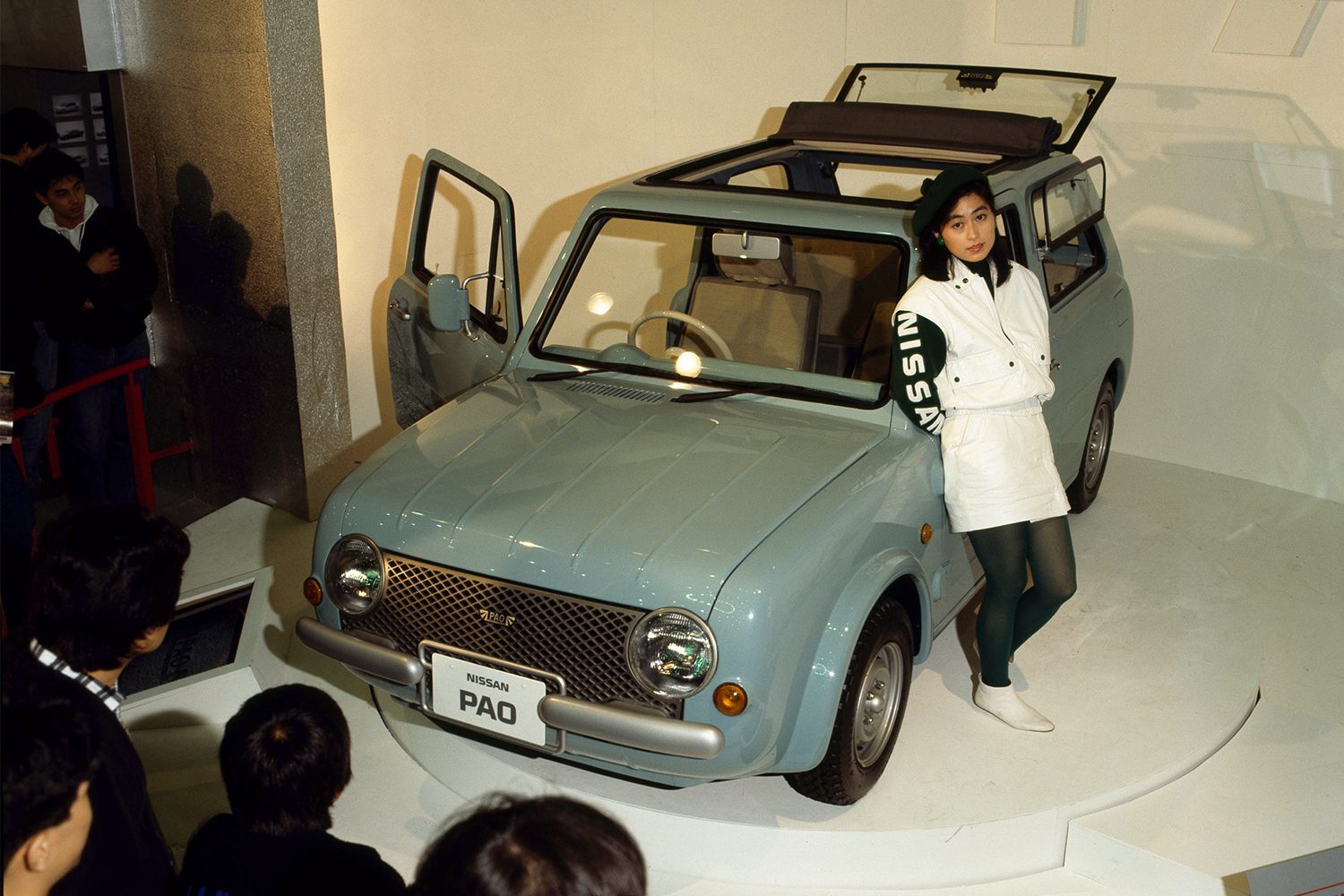
Enter the Mythical Pike Factory
Sensing that it had stumbled into a good thing, Nissan decided to continue down a similar path, putting together a strategy to build a fleet of pseudo-retromobiles on the March’s low-buck platform. It was an effort intended to intrigue Japanese buyers buoyed by the seemingly relentless upward swing of the country’s late-’80s economy, and it involved more than a little corporate sleight of hand.
Complicating matters somewhat was the fact that Nissan didn’t have the line space or the expertise to churn out what were essentially boutique versions of its existing platforms. It turned to Takata Kogyo, a company experienced in building special-edition vehicles (typically convertibles). With Sakai staying on to help helm the next few models (working with Jun Shimizu and Takeo Shibue), the entire enterprise was dubbed “Pike Factory,” a label that hinted at a secret skunkworks inside of Nissan — albeit one that simply didn’t exist.
While the Factory might have been vaporware, the energy and ideas behind these Pike cars it delivered were very real. Next up were the S-Cargo, a snail-shaped van with more than a little Gallic DNA in its design (which informed not just its proportions but also its name), and the Pao, a utilitarian proto-crossover with a fabric roof and a tailgate instead of a hatch. Each model’s interior was equally whimsical, with minimal instrumentation and maximum kitsch when it came to controls and trim.
Arriving in 1989, the Pao was even more popular than the Be-1, forcing the Pike Factory team to up production, with more than 30,000 eventually sold. The S-Cargo, with its larger engine and more commercial aspirations (but still rocking a slide-back roof of its own), moved close to 10,000 units. Nissan wasn’t undercharging for its March-based oddities, either, as pricing remained on the premium side of the ledger.
At that moment in time, with Japan’s financial bubble not yet burst, it felt like the sky was the limit for the country’s automakers. The same spirit that drove the design and engineering of ever more sophisticated sports cars like the FD-generation Mazda RX-7, the twin-turbo Toyota Supra and Nissan’s own Skyline trickled down to entry-level models like the Pike cars as well.
It’s from this cradle that the fourth and final model was born at Takata Kogyo. The Figaro was a modern Nash Metropolitan, a bathtub coupe with a face like a friendly fish and perhaps the most daring dive into 1950s cabin design to date in the Pike family. Quicker than any of the previous cars, and featuring a more sophisticated convertible mechanism (that left the roof sides in place), the turbocharged Figaro was just as popular as the Pao, quickly selling out its 20,000-unit allocation in 1991 and forcing yet another lottery for applicants.
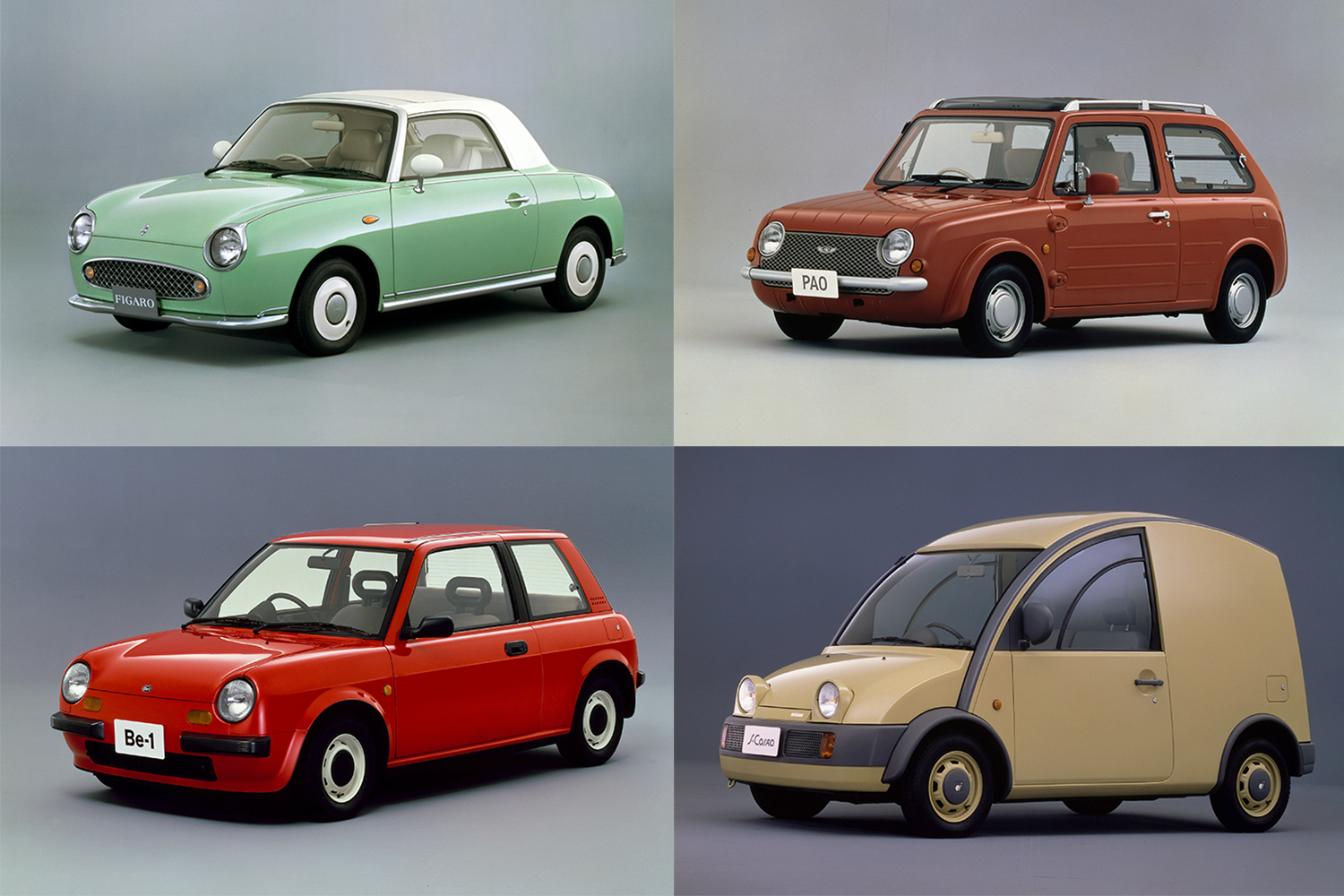
A Fun Footnote
Although the company could have sold triple the number of March-based memory machines, Nissan never figured out how to make a profit from its outsourcing arrangement with Takata, even with the relatively elevated pricing attached to the mini-mobiles. When the curtain came crashing down and Japan’s investor class was revealed to be startlingly without clothes, Pike was quietly sunsetted. Nissan absorbed the weirdness embodied by the venture and spat it out in the form of future in-house products like the Cube, which did make it to America almost two decades later.
Today, each and every one of the Pike cars is eligible to be imported to the U.S. under the 25-year federal exemption (which applies to automobiles that were never sold stateside). Seeing a Figaro or a Pao from today’s perspective is to be jolted out of time and transported into a reality of nonspecific design that evokes, rather than apes, cues from a shared motoring past. Very few vehicles can make a similar claim of being both a tribute to, yet not in any way derivative of, classic eras of automotive styling.
With so few of these vehicles produced, and awareness low outside of enthusiast circles (Nissan never advertised the models), they represent a reasonably affordable gateway into classic car ownership. Easy to maintain, comfortable to drive and deeply strange, the Pike program represents a unique, living chapter in Japan’s automotive history, preserved to this day in the garages of the global faithful.
This article appeared in an InsideHook newsletter. Sign up for free to get more on travel, wellness, style, drinking, and culture.
